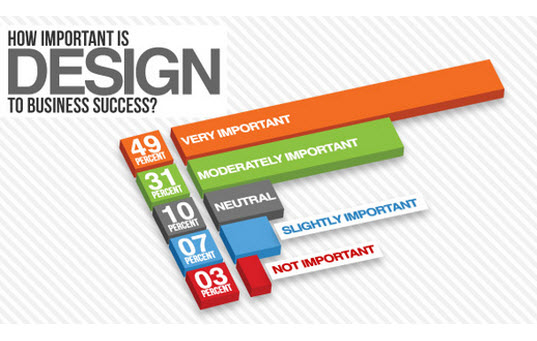Critical Internet Site Design Insights: Recommendations For Constructing An Instinctive User Interface
Critical Internet Site Design Insights: Recommendations For Constructing An Instinctive User Interface
Blog Article
Team Writer-Hovmand Devine
When it concerns website layout, ensuring user-friendliness is key. From receptive design to structured navigation, every component plays an important role in creating a site that accommodates your target market's requirements. But what regarding the finer details that can make or break a user's browsing experience? Stay tuned as we uncover some often-overlooked suggestions that can elevate your site's use to the next degree, making it genuinely stick out in the electronic landscape.
Significance of Responsive Layout
Responsive layout is a crucial facet of modern internet site development. Guaranteeing your web site is receptive means that it can adapt to various screen dimensions and devices, supplying a smooth experience for individuals.
With the boosting use of mobile phones and tablets to access the internet, having a responsive design is vital for getting to a broader audience. It assists in improving user experience by making your web site easy to navigate and keep reading any kind of gadget.
Additionally, responsive design can positively affect your search engine rankings, as search engines like Google prioritize mobile-friendly web sites. By having a responsive style, you're additionally future-proofing your internet site, as brand-new tools with varying display dimensions remain to arise.
Simplify Navigation Framework
To enhance customer experience and facilitate very easy access to information on your site, simplifying the navigating structure is paramount. When making your site, concentrate on creating a clear and instinctive navigating menu that assists site visitors find what they're trying to find quickly.
Limit the number of food selection items to the basics, grouping related web pages with each other to avoid overwhelming individuals. Can LASIK Fix Presbyopia detailed tags that plainly show the web content of each page, making it less complicated for users to recognize where each link will certainly take them.
Think about carrying out dropdown menus for subcategories to stop cluttering the main navigation bar. In addition, include a search bar plainly on the web page for users that prefer searching for specific information.
Prioritize mobile responsiveness in your navigating style to guarantee very easy gain access to on all tools.
Enhance Page Load Speed
Improving page tons rate is crucial for keeping visitors on your site. Slow-loading web pages discourage individuals and can cause high bounce prices. To optimize web page load rate, start by maximizing photos. Compress pictures without endangering high quality to minimize their file sizes.
In addition, enable internet browser caching to keep frequently accessed resources locally, speeding up lots times for returning site visitors. Minify CSS, JavaScript, and HTML documents by eliminating unnecessary personalities, remarks, and formatting, boosting tons speed.
Take into consideration using a content delivery network (CDN) to distribute your site's material across multiple servers worldwide, lowering latency for users accessing your site from various places. Lastly, limit the use of third-party scripts and plugins, as they can substantially affect load times.
Final thought
To conclude, by integrating receptive layout, simplifying navigation, and maximizing page tons rate, you can produce an user-friendly site that attract a larger audience and improves user experience. These essential elements make certain that site visitors can conveniently gain access to and navigate your website throughout various tools, bring about raised engagement and complete satisfaction. By focusing on these essential facets, you can construct an effective website that keeps customers returning for more.
